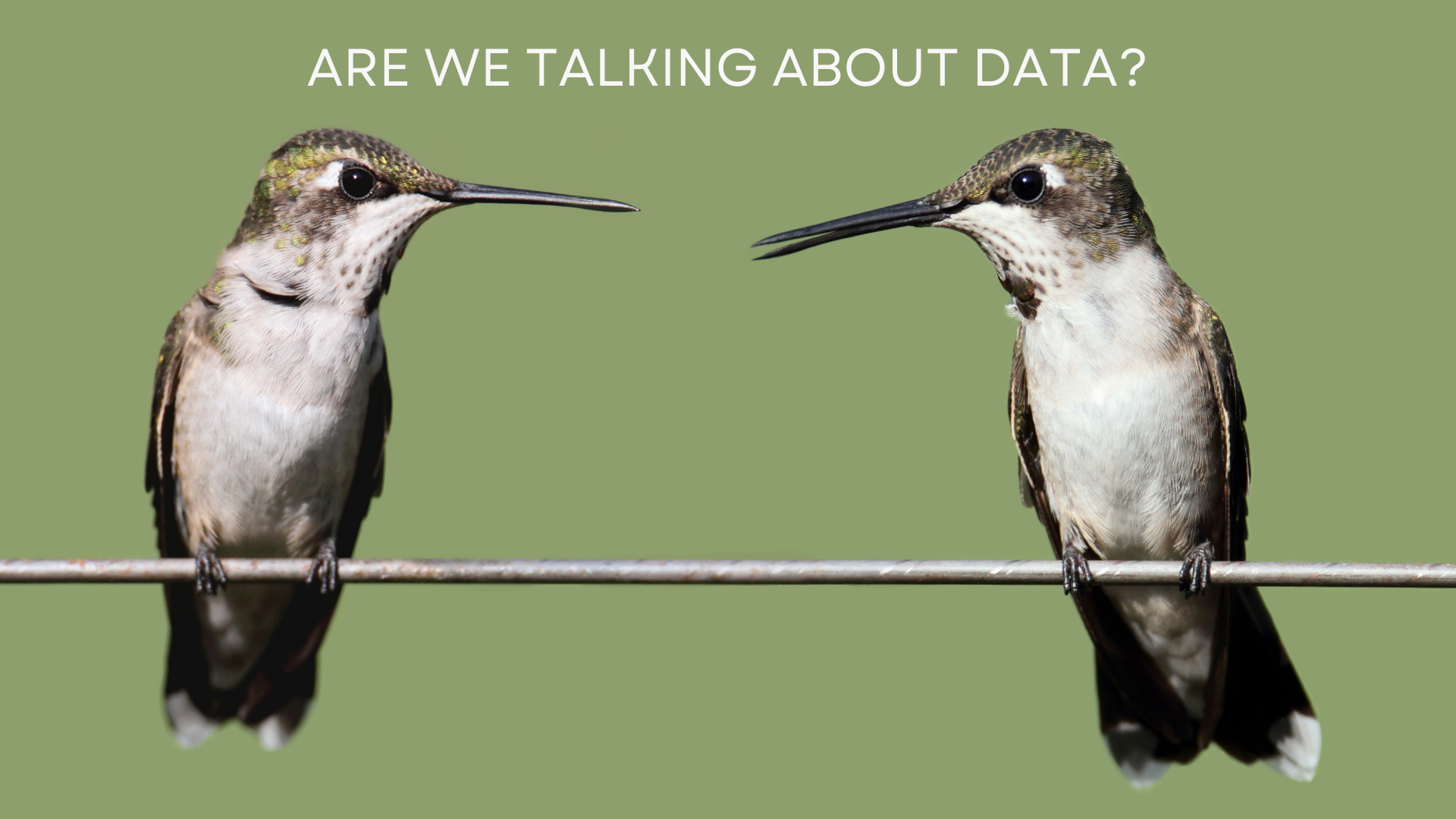
Preserving a Legacy
For 30 years, Journey North volunteers have heralded the arrivals and departures of migratory wildlife.

For 30 years, Journey North volunteers have heralded the arrivals and departures of migratory wildlife.
In El Rosario, the colony undergoes a graceful transformation, gradually descending from the La Virgencita area where it has resided throughout the season. Bright golden-brown clusters adorn the landscape, captivating onlookers with their exquisite and whimsical forms, illuminated by the sunlight. Mating activities are on the rise in El Rosario, with reports of potential triples involving two males and one female!
Various robin species exhibit unique migration patterns. While some embark on extensive journeys, traversing continents and even oceans, others follow shorter routes. The timing of their migration is influenced by factors such as climate conditions and food availability.
Warming temperatures and fair skies helped increase the number of monarch sightings this week, especially in California. This is a trying time when many overwintering monarchs are reaching the end of their life but their offspring are often hidden as immatures – eggs, larvae, or pupae - on milkweed or nearby plants.
Published: 04/26/2023
With May right around the corner, migratory activity will accelerate over the coming weeks. Journey North volunteers are reporting monarchs with old and faded wings as well as first generation, fresh-winged monarchs.
Nora in Alexandria, VA: "Faded coloring. In a field with common milkweed." (04/20/2023)
Mary in Hesston, KS: "Went to the plant sale at Dyck Arboretum and saw two weathered monarchs nectaring on the lilac bush." (04/20/2023)